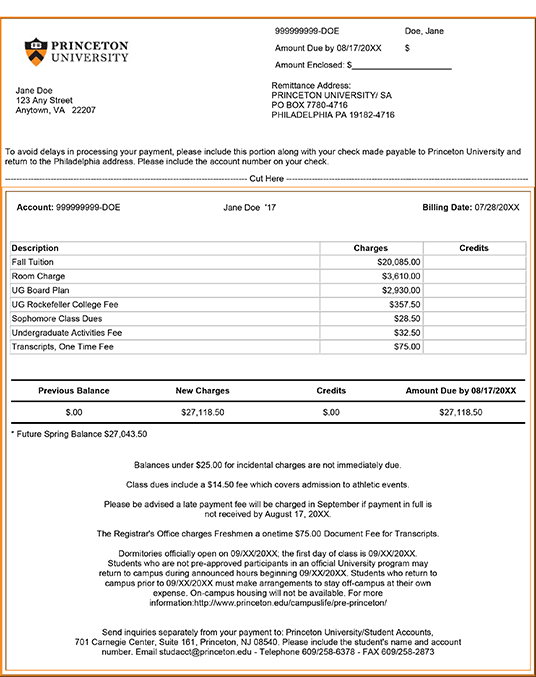Thanks to a bipartisan bill signed recently by President Barack Obama, students who’ve returned to school this fall will save thousands of dollars in student loan interest charges after graduation. So, thankfully, the 6.8 percent student loan interest rates that terrified the nation’s students during the summer have been eliminated. The rate now stands at about 3.9 percent for undergrads, 5.4 percent and 6.4 percent for grad students and parents, respectively.
Students breathed a collective sigh of relief upon hearing the news, as otherwise, colloquially speaking, as majority of us would have been majorly screwed.
The sentiment and belief is that now, especially with the rates set to stay at around this level for the near future (barring any major economic meltdowns, à la 2007), we can rest easy because all of us — or at least most of us — can repay our loans.
The question is: How grounded in reality is that belief? Not very much, I’m afraid.
The bitter reality, which today’s students, including myself, will soon realize is that degrees in the U.S. just aren’t as valuable as they used to be. Not taking into account the fact that university completion rates (i.e., finishing four-year degrees in equal to or under six years) stand at around 57 percent. Student loans are a precarious gamble.
According to the Bureau of Labor Statistics, the cost per student of attending university has been rising at five times the inflation rate since 1983. By logic, this increases the amount of debt students shoulder while making it less affordable. Despite these immense figures being spent on acquiring education, degrees can no longer guarantee employment post-graduation.
This is for a few reasons, not just the nature of our struggling economy. One is the fact that more students are graduating whilst being woefully ill-prepared to face the rigorous demands of the modern workforce.
A federal survey showed that college educated students’ literacy declined sharply between 1992 and 2003, and it is still on the wane. The survey revealed that only a quarter could be deemed proficient, which means capable of “using printed and written information to function in society, to achieve one’s goals and to develop one’s knowledge and potential.”
Student loan debts now account for 6 percent of the overall national debt, and it’s clear that not all of it will be repaid. To bring this into context, as of last quarter, the amount of outstanding student loan debt was around $1.1 trillion, and about 40 percent of households have some form of student debt. But students keep on asking for money and lenders keep on giving it, even though students can rarely demonstrate credit worthiness. Sound familiar (hint: it sounds like what happened in 2007)?
Even in the short term, such astronomical debt figures impact the economy negatively. Student loan debt indirectly hinders the growth of the U.S. economy. Consumer expenditure is crucial to the growth of gross domestic product. So for every dollar spent on repaying student loan debt, as opposed to investing in the markets, the U.S. has missed out on potential growth.
It’s all well and good that interest rates have been reduced for student loans, but it appears that there’s still an insurmountable pile of work to be done. It is clear that an overhaul of the educational system coupled with a reform in the student loan industry is needed. What’s also needed — but doesn’t seem so clear to everyone — is for the U.S. to stop promoting the notion of “education or nothing.” We need to eliminate the myth that it is compulsory for every individual to attend university.
If the recession of 2007 taught us anything, it’s that not all of us need or are able to afford homes. Maybe not all of us need college. Do we need another recession before we get the hint?





















































